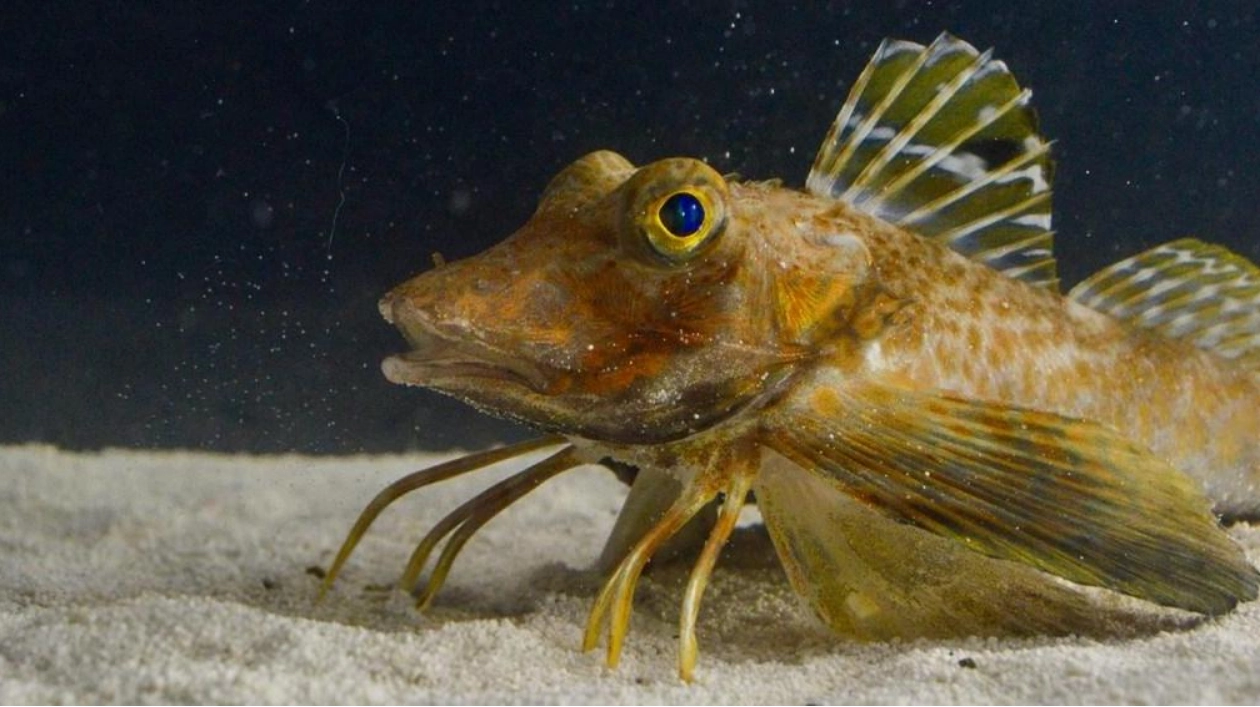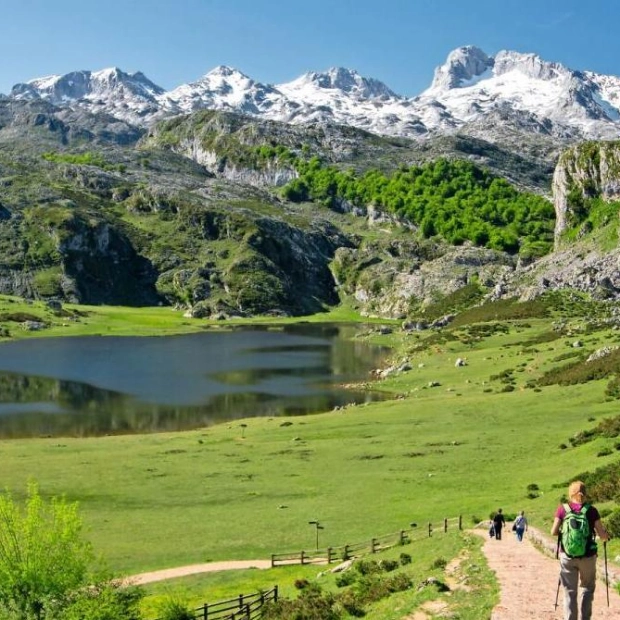It’s a bird! It’s a crab! No, it’s a fish that can taste with its legs. Some sea robins, a group of fishes with two winglike fins and six crablike legs, use their legs to dig in sand and find buried prey with a sense much like taste, researchers report in two papers published September 26 in Current Biology.
Most sea robins seem to use their legs only for walking. But an ancient gene important for the formation of limbs in humans and other animals, as well as a gene involved in building taste buds, helped a few species develop legs that taste.
Northern sea robins (Prionotus carolinus) are skilled at finding buried crabs or shrimp to snag a meal. So skilled, in fact, that other fish seem to follow along to take advantage of any spoils.
Fish have taste buds in their mouths, and some fish even have taste buds on the outside of their bodies. So while it doesn’t surprise him that northern sea robins have an exterior sense of taste, it’s “actually quite amazing” that their legs have become sensory organs.
For both studies, Kingsley, Bellono and colleagues used a diverse mix of experiments to explore how northern sea robins excavate food. Behavioral tests showed that fish swimming in tanks home in on extract from store-bought mussels as they sift through sand with legs that end in a shovel-like structure.
Additional genetic and physiological experiments found that the papillae have touch-sensitive nerve cells and taste sensors that help these sea robins figure out where to dig. The researchers detected high levels of activity from a gene called t1r3 — which provides the instructions to make a receptor found in mammalian sweet-detecting taste buds — at the tips of each leg.
Most sea robins, including a non-digging species called the striped sea robin (P. evolans), have smooth, rod-shaped legs that probably can’t taste, the team discovered. That difference suggests that northern sea robins and another digging relative, the leopard sea robin (P. scitulus), are among a few species benefitting from an “evolutionary innovation.”






